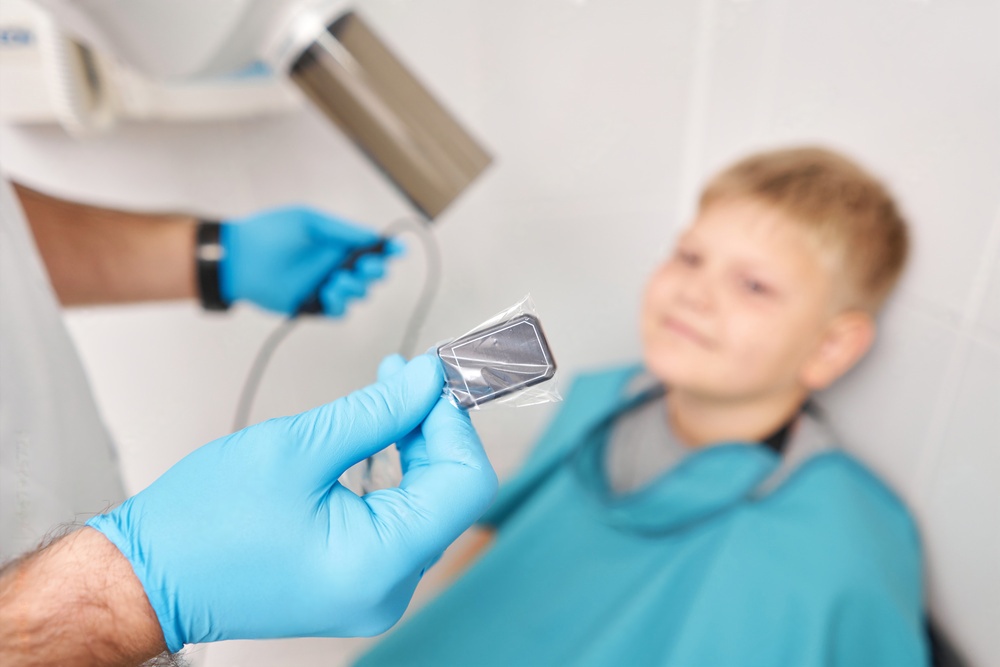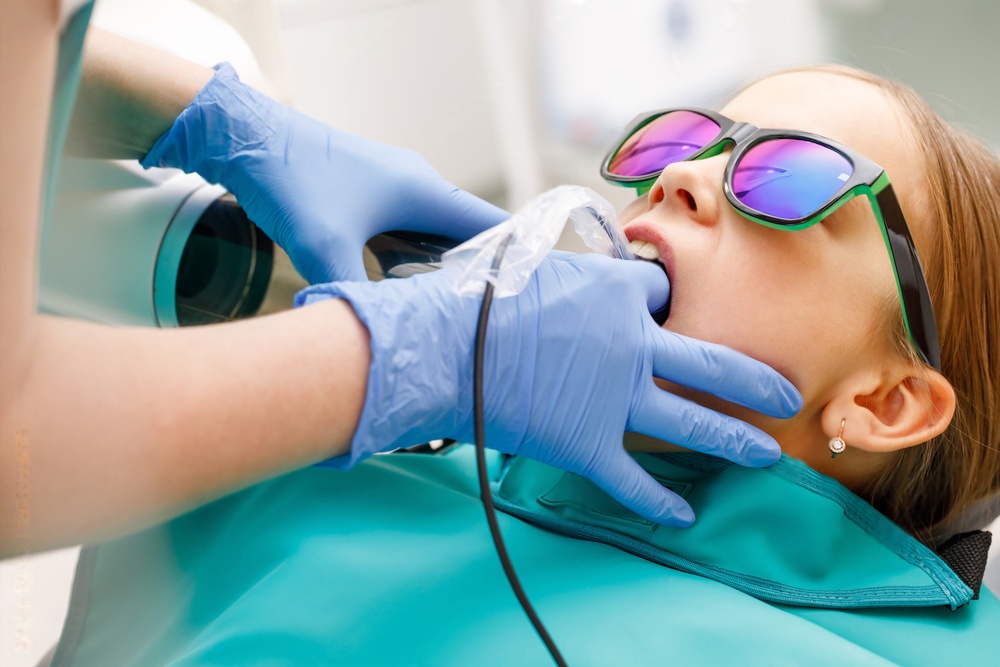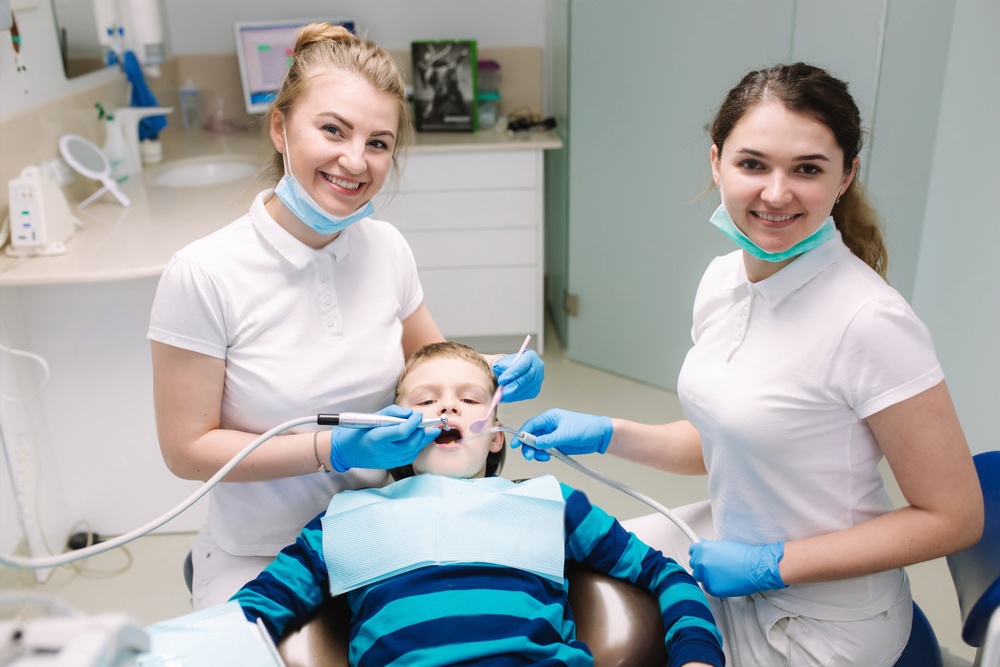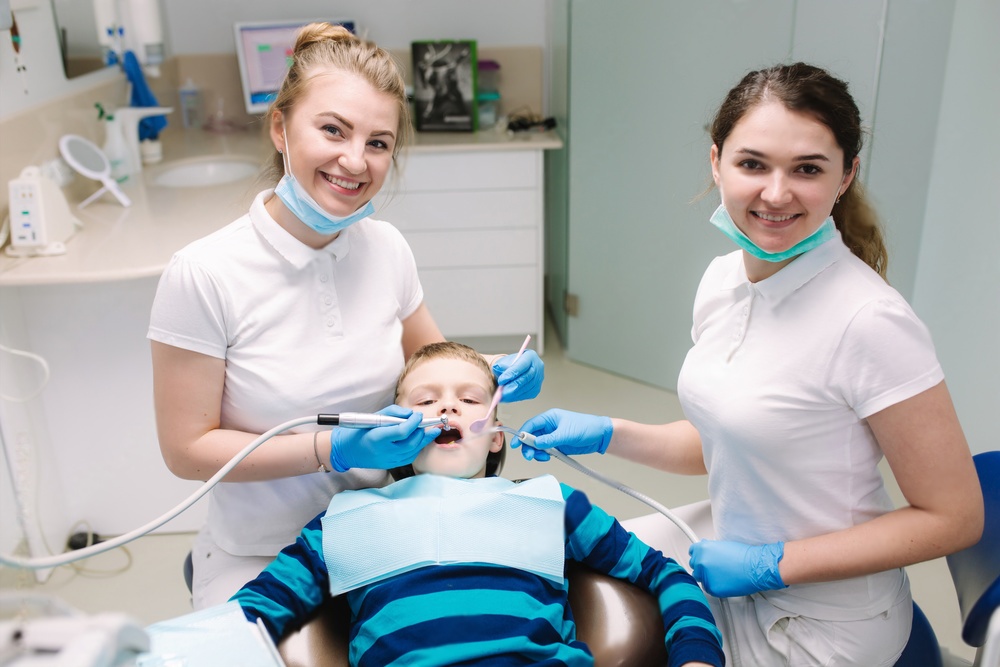As any parent knows, taking your child to the dentist can be a challenging experience.
But new dental sensor technology is making pediatric visits easier and safer by reducing radiation exposure from dental X-rays. In this post, we’ll look at how these innovative sensors are improving dental care for our smallest patients.
Tiny Teeth, Tiny Sensors
New miniature intraoral sensors are specifically designed for pediatric mouths. About the size of a pinky fingernail, these slim sensors can capture crisp images without being uncomfortable for kids. Their smaller size also allows correct positioning around tiny teeth.

Fewer X-Rays = Healthier Smiles
Dental sensors are more sensitive than traditional film, producing clear images with about 60-80% less radiation. This reduces exposure for children requiring frequent dental X-rays during braces or other care.
Early Cavity Detection
Some sensors use transillumination technology to detect cavities in the earliest stages, allowing dentists to take a preventive approach rather than waiting until drilling and filling are needed. This conserves healthy tooth structure.

Less Squirming = Better Images
Direct digital sensors mean no more waiting around for film. Dentists can capture images in seconds, meaning quicker visits and less time holding still for impatient little ones.
Conclusion:
Dental sensors are something we can all smile about, especially when it comes to caring for kids' pearly whites. The technology continues advancing to be faster, safer, and more comfortable for our youngest patients. As pediatric dental sensor capabilities improve, we can ensure healthier futures for those precious toothy grins.

Would you like to learn more about Dental Sensor ? Click here for more information. We hope you can find the products you need.



